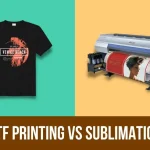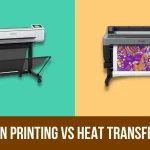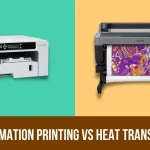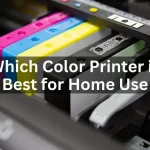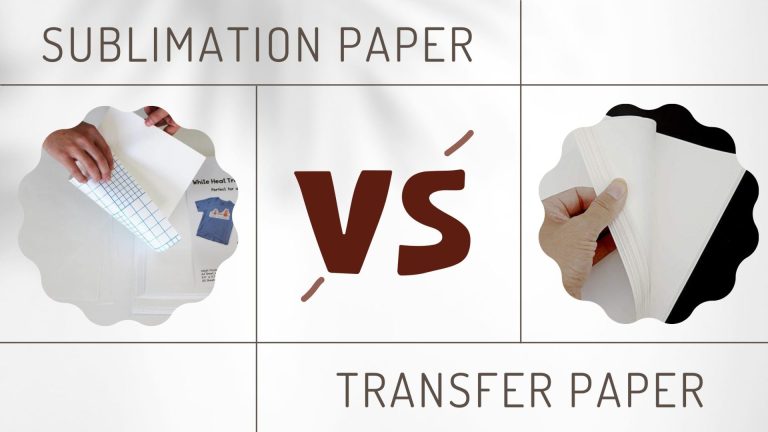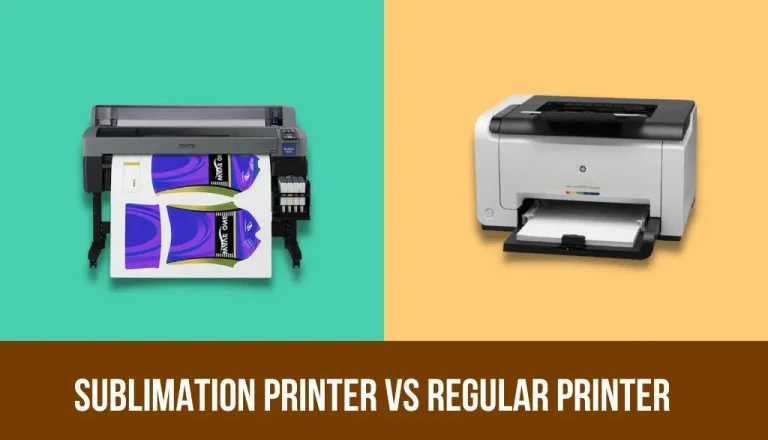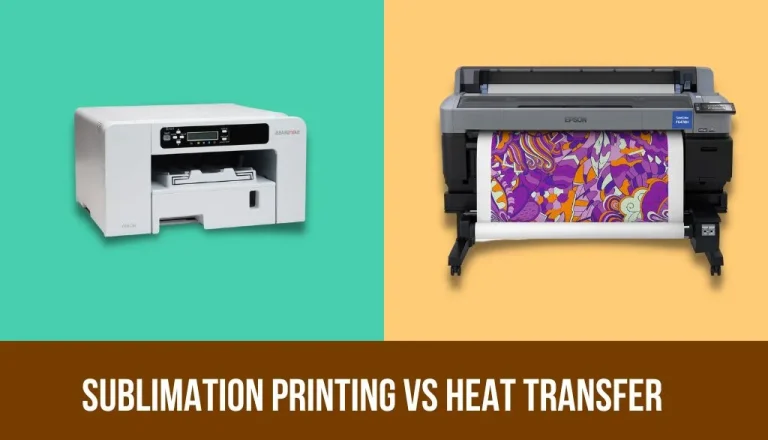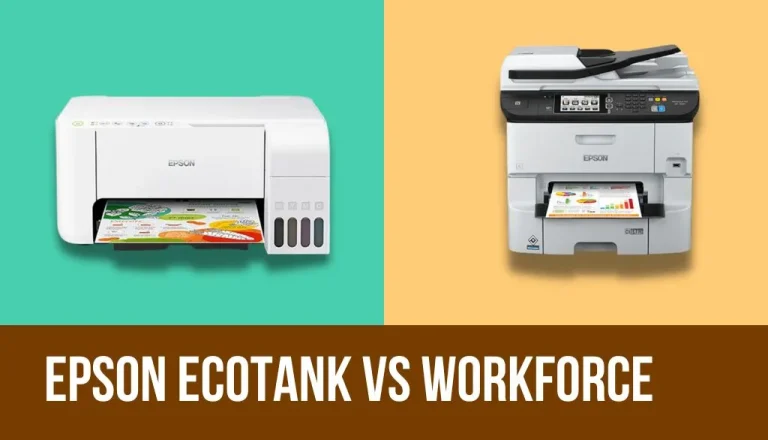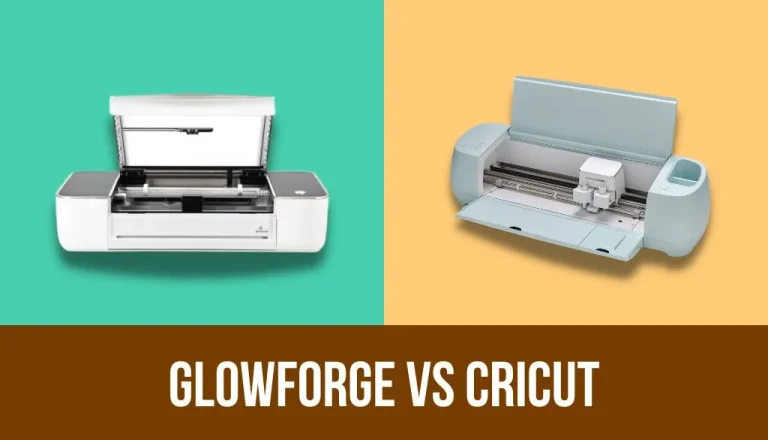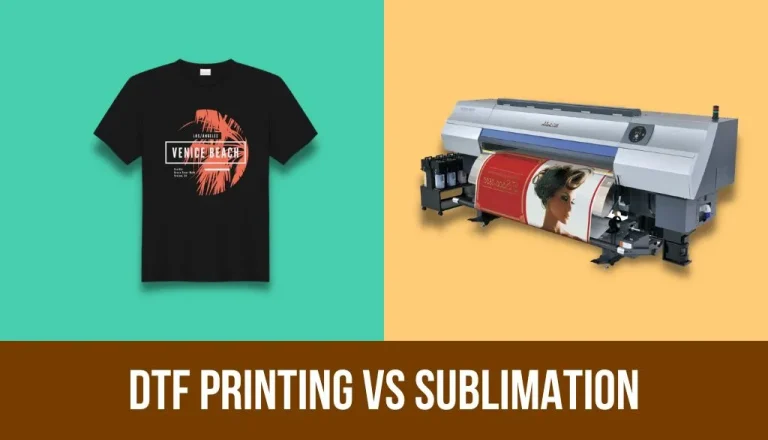Screen Printing vs Sublimation | Which Method is more Cost-Effective?
Sublimation is the process of printing high-quality images to an object. The process of sublimation can be done on t-shirts mugs or more. You can also compare the Screen Printing vs Sublimation.
In this article, I will explain screen printing vs sublimation for all Ecotank and other sublimation machines. And what are the differences between Screen Printing vs Sublimation? So, make sure to read thoroughly till the end.
What is Screen Printing?
An ink is forced through a stenciled mesh screen to produce a design. There are a variety of sectors that use this strategy. It is also referred to as serigraphy or silk screen printing; however, both terms refer to the same technology. There are several ways to stencil, including:
- Covering the desired parts of the screen with masking tape and vinyl.
- Screen blockers like glue or varnish are used to paint the stencil on the mesh.
- The light-sensitive emulsion is used to create stencils, which are then processed like photographs.
Screen printing produces vibrant colors even on dark materials, which is one of the primary reasons for its widespread use. Prints with layers of ink or paint create a pleasingly tactile texture.
How does Sublimation Printing Work?
The process of sublimation occurs when a solid becomes gaseous without passing through the liquid state. A dye-sublimation printer uses a heat press to transfer artwork to a product in a gaseous form.
A liquid stage is omitted, which makes it different from conventional printing techniques. Therefore, the print material does not need to be dried after printing. For sublimation printing to work, there are a few items needed such as polyester-coated items and other fabrics. Sublimation ink cartridges and a printer that supports sublimation printing are the first two requirements.
To print patterns onto cloth, users must purchase a heat press. If printing the artwork onto a ceramic mug is an option, it may be possible to obtain a mug clamp and press.
Since not all materials are appropriate for sublimation printing, you must consider the material you want to use. For color correction, you can also acquire raster image processing software (RIP) along with transfer paper (possibly sublimation or copy paper).
Sublimation printing works best on polyester and ceramic substrates. Certain designs, such as those that need to cover the whole garment, do not lend themselves well to sublimation printing. Among the reasons for this are possible “ghosting,” color mismatches, and white streaks.
It is not acceptable to print on 100% cotton or other natural fabrics. Ink cannot be absorbed through their pores. Printing digitally or on-screen might be more practical if you’re dealing with such materials.
What can you do with Sublimation Printing?
It is possible to achieve largely successful outcomes by focusing on the following elements:
- In addition to glass, plastic, fiberglass, and metal, rigid substrates can also be used for polymer-treated non-fabric products. Items like these cannot be folded like cloth.
- Suitable for organizations that use “click to print” signage. A poster or other trade show decoration can be printed easily on vinyl.
- Fabrics made from polyester are divided into two types:
- The drape and flow characteristics of polyester goods are similar to those of flags.
- Cloth backgrounds are made of woven fabrics, which are more resilient.
- Dye-sub methods are often used for home decor (such as ceramic flooring).
- Canvases, magnets, and clothing can be printed with sublimation to produce photographs of the highest quality.
12 Key Differences – What Lasts Longer Sublimation or Screen Printing?
The following are the 12 key differences between sublimation and screen-printing techniques. It would allow you to create different quality designs using gradient effects for a variety of colorful and accurate patterns.
1. Print Quality
Screen printing produces vibrant and sharp colors. This technique is ideal for designs containing just a few colors, such as text and logos.
A photo, for instance, cannot be supported due to its multiple colors. A screen print can also produce prints with a distinctive design and a refined texture.
As well as producing vibrant and sharp colors, it also produces excellent print quality. Consequently, detailed designs, including photos, can be printed in multiple colors.
2. Durability
Unlike traditional printing, screen printing uses ink that remains on top of the fabric, so the more colors you print, the thicker the print will be. This same feature separates the amazing Vinyl and Cricut sublimation actions.
While screen printing inks have the advantage of lasting for a long time, they also crack and peel after several washes, and the colors fade. As a result, it has a shorter lifespan. The print lasts longer when it is sublimated.
As a result of the heat-based process, color is embedded into fabric fibers, making it less susceptible to washing out. The sublimation print is also non-fading and non-peeling.
3. Print complexity
It is best to use screen printing for bold designs with only one or a few colors. The difficulty of printing gradients may result in designs with different gradients than expected.
To make a detailed screen print stencil, which is a complex process, you need lots of expertise, chemicals, and patience.
Intriguing designs, intricate gradients, and intriguing artwork can be printed with sublimation printing. You can create your artwork using graphic design software such as Adobe Photoshop before printing.
After that, you can let the printer do the rest as it transfers the design to the transfer sheet. Printing complex designs is therefore much easier with this technique.
4. Number of colors and color Blending
With a single or few colors, screen printing works best. The process of screen printing allows only one color to be printed at a time. As a result, more colors take longer to print. No matter what color the material is, it works well.
Using this method, color shades are usually blended by mixing them by hand or using mechanized paint mixing machines. Depending on the expertise of the artist, color shades may differ from one project to another when manually blending colors.
Multicolor designs and gradients are printed with fantastic quality using sublimation printing. On darker fabrics, it may not be visible due to transparent inks used on light or white fabrics.
A design software program that offers an internal color consortium (ICC) profile is used to blend the primary CMYK colors to get a precise tone. With the ICC profile, the printer can produce designs with precise tones.
5. Special Effects
To create interesting textures like cracked textures or leather effects, special effects are incorporated into sublimation prints to make them look glamorous and eye-catching. Glitter and other specialty inks such as gold or silver can be used to add special effects to a garment.
Depending on the type of ink used, different effects can be achieved, such as 3D designs or cracked textures. CMYK (cyan, magenta, yellow, and black) is the four primary colors used in sublimation printing, but it doesn’t support specialty inks.
6. Fabrics and Materials
Cotton fabrics work best for screen printing because the ink adheres better to them as compared to phone cases and their special inks for printing purposes. In addition to polymer-coated fabrics and fabrics with a high percentage of polyester, sublimation printing is suitable for fabrics with a high percentage of polyester.
Polyester content in a material is better when it is higher. Neoprene, spandex, and nylon are among the materials it can be used with. Also, coasters made of cork and ceramic mugs can be printed with this technique.
Ink sublimation does not adhere well to natural fibers such as cotton and silk, so these materials cannot be sublimated.
7. Eco-Friendliness
It is non-eco-friendly to print with toxic and non-biodegradable plastisol inks on screens. Inks that can be used with water are more eco-friendly, however.
The bulk purchase of screen printing products often results in leftover stock and product waste, if the products are not used.
To print with sublimation, sublimation ink is used that is non-toxic. Compared to other dye transfer techniques, it also uses less water. Using products that are produced on demand reduces leftover stock in sublimation printing.
Minimizing waste is achieved by recycling produced waste. The leftover scraps of fabric can be used to make headbands, for example.
8. Cost Efficiency
Bulk orders are better suited to screen printing. To print manually on each garment, stencils are designed specifically for this purpose. Making a few t-shirts using this process is not worth the trouble and time it takes to set it up.
As a result, large-scale orders are more cost-effective. The problem with screen printing products is that they’re often ordered in bulk to get discounted prices, so leftover stock doesn’t sell until the whole order is consumed.
On-demand fulfillment isn’t as popular or as cost-efficient because of this. Sublimation printing is a popular printing technique among companies because it can handle small or big orders. To make each t-shirt, you have to put the same effort and time in.
Making just a few t-shirts or custom-ordering t-shirts is more economical. Plus, you won’t have leftover stock if you buy a single sublimation product. This makes on-demand fulfillment more cost-effective.
9. Consistency
You can consistently produce a design with screen printing. The color screen can also be reused multiple times to make duplicates of a design. After several duplicates, you might notice smudges.
It’s consistent, but you have to print a new transfer sheet for each garment. To prevent ghosting caused by moving the transfer sheet or residual smears caused by lint stuck on the cloth, it’s important to carefully position the transfer on each garment.
Ink smears and trapped residue may cause minor errors in screen printing and sublimation techniques, though.
10. Items Required
It is necessary to use ink, a screen, a squeegee, stencils, masking tape, and a squeegee for screen printing. Through the stencil openings on the paper, the squeegee pulls the ink across the screen.
Printing art is defined by stencils. By blocking the open mesh, masking tape prevents ink from getting through to the garment. Graphic detail is best achieved using polystyrene ink.
Sublimation printing requires a computer, heat press, sublimation printer, and sublimation paper. Computers are used to operate sublimation printers. To print complex designs, it should also contain design programs with an ICC profile.
To create high-quality graphics, heat press machines need to have high temperatures and pressures. Wearables, mugs, and other items can be printed using sublimation paper.
11. Set-up Time
The set-up time for Screen Printing vs Sublimation techniques depends on the type of design. Overall, screen printing needs a lot of setup time.
For a simple one-color design, a stencil must be made and ink applied to the screen, which is time-consuming.
For designs with more than a single-color design, a separate stencil and screen have to be made for each color. Thus, it requires more time for set-up.
The setup time for sublimation printing is relatively shorter. A digital image is created and printed onto a transfer paper during setup. The transfers can even be custom-ordered to save time.
12. Costs
Depending on the equipment used, each printing technique has a different cost. Screen printing generally has lower startup costs than other printing methods. It is possible to make mesh screens yourself (DIY) using cheap craft equipment, or you can buy expensive equipment.
Extra colors and designs also cost more due to the extra effort and time they require. Reorders made for screen printing also cost more since setup costs are included.
Start-up costs for sublimation are higher due to the expensive equipment.
It requires a special printer, transfer paper, sublimation inks, graphic design software subscriptions, and polyester t-shirts.
Each T-shirt is produced with a new sheet, so companies may incur additional costs in work hours for this method.
A further benefit of sublimation printing is that everything can be done in one piece, which means that you won’t need to pay more for extra colors. No set-up fees are required for reorders.
Screen printing has been used by businesses of all sizes for decades. Sublimation printing is becoming increasingly popular due to its advantages of versatility, durability, and detail.
A digital image can also be converted into a sublimation-printing-ready format faster and easier. The affordability and low barriers to entry of screen printing make it a popular tool, particularly in developing countries.
Frequently Asked Questions:
As cotton fabrics adhere better to ink than other fabrics, screen printing is best used on cotton fabrics. Polymer-coated fabrics and light-colored polyester fabrics are suitable for sublimation printing because of their high polyester content
As dye-sublimated designs are embedded into the threads of the t-shirt’s fabric, they will last as long as the t-shirt. It is possible for screen-printed ink to chip and fade over time.
As a result of the individual steps involved in sublimation printing, screen printing takes longer than sublimation printing. Sublimation printing generates some waste that cannot be recycled.
As opposed to heat-pressed ink, which sits on top of the fabric, screen-printed ink becomes part of the fabric. Therefore, heat-transfers may crack and fade over time whereas screen prints tend to stay true over time and withstand machine washing and drying.
Closing Things Up:
In comparing screen printing vs sublimation, it’s clear that each method has its distinct advantages and drawbacks. Screen printing excels in producing vibrant colors and is cost-effective for bulk orders, making it a popular choice for simple designs.
However, it falls short in handling complex multicolor designs and may not be as durable over time. On the other hand, sublimation printing offers superior durability, intricate design capabilities, and eco-friendliness.
Moreover, It’s well-suited for smaller orders, intricate artwork, and materials like polyester. Ultimately, the choice between the two depends on factors like design complexity, material type, and the desired level of detail and durability.

